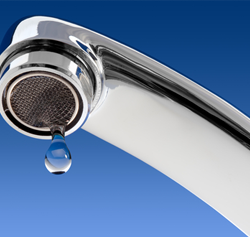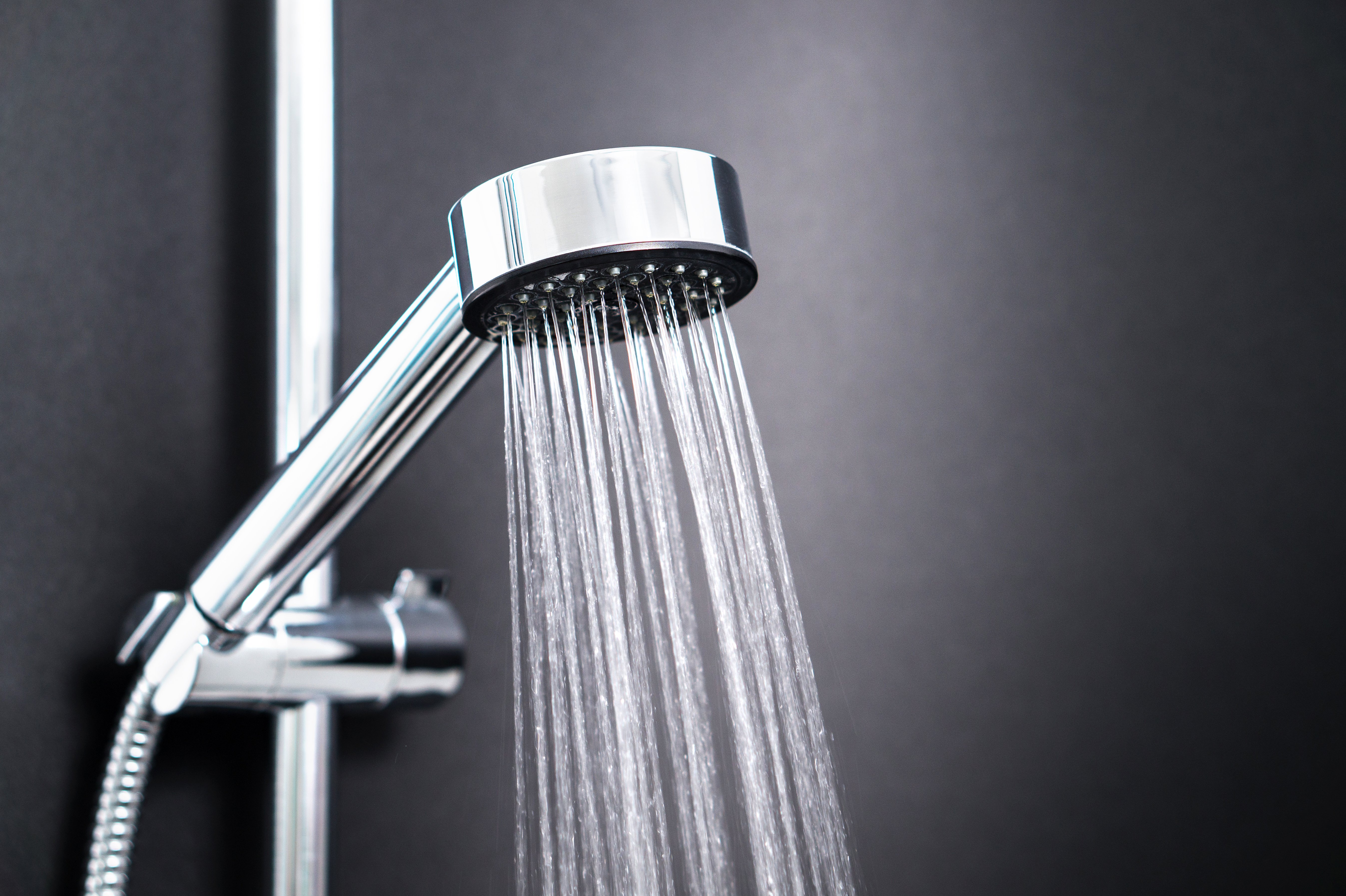The arrival of a new baby doesn’t call for celebration alone, but also some serious changes around the house. These include changes to the home’s plumbing system.
Most parents already know the basics home preparations to make their home safe for their newborn baby – keeping harmful objects away, adding child locks to doors, drawers, and cupboards, checking for sharp corners, etc. – but they wonder what connection exists between preparing the home’s plumbing system and having a new baby.
If you are one of such parents, believe it or not, your home’s plumbing system has to do with the comfort and safety of your new baby.
Yes! Everything about safeguarding and caring for your new baby gets easier when the environment is safe and comfortable for everybody.
According to the World Health Organization, risk minimization boils down to the maintenance of plumbing equipment.
Follow these simple tips to know how to prepare your home’s plumbing system for a new baby:
- Find and Fix all Plumbing Leaks
The first step is to go around your home and ensure that there are no plumbing leaks. Wondering what plumbing leaks do to a newborn? They create an unsafe environment for the new baby.
Plumbing leaks increase the moisture in the home, creating an avenue for mold or mildew to grow. Mold and mildew can negatively affect the health of anyone in your family, most especially that of the newborn who has a fragile immune system.
Therefore, the baby is susceptible to wheezing, sneezing, sniffing, or any other symptoms caused by mold. Excess exposure to mold can make the newborn develop asthma or any other ill-health conditions, which may affect the baby all through his/her lifetime.
The best way to avoid this is to find and fix all plumbing leaks within the home. And if you already noticed mold growth, get rid of it yourself fast or hire a mold remediation company.
- Install a Water Softener
If you’ve noticed that the water supply to your home is hard water, you would have to address this before bringing in your newborn.
Hard water is not good for your hair and skin. This makes it worse for newborns. Using hard water on your baby may cause your baby’s skin to develop eczema or become uncomfortably dry and itchy
More so, hard water makes general cleaning more difficult as soap won’t lather. Installing a water softener is better not only for your newborn but also for every other member of your household.
- Adjust the Temperature on Your Water Heater
This point is very important! Remember your baby’s “tender” skin is not as tough as your “leathery” skin, no matter how smooth it looks.
So, if your water heater had been turned up because you love using scalding hot water when taking showers or when washing dishes, it’s time to turn it down now that you’re bringing in a newborn into your home.
It’s advisable to set the temperature of your water heater to about 37°C or below 110°F. This will help to prevent chilling and as well as prevent burning the baby.
- Install a Diaper Sprayer
Mind you, the number of diapers you would be using in a day for your baby is astounding. If you opt-in for disposable diapers, that’s a huge cost on your budget.
Most parents prefer using cloth diapers for their new baby. If that’s your choice too, then be prepared to do a lot more of washing and drying of the diapers.
You can’t toss a filthy diaper into the washing machine unless it is rinsed. And if you aren’t comfortable with rinsing poops off diapers with your hands, then you would need a tool to help you.
A good idea is to have a diaper sprayer installed on your toilet. With diaper sprayer, you can easily and quickly wash off the poop and other mess from the diapers before tossing them into the washing machine.
As stated above, hard water is not good for washing diapers, aside from the fact that hard water makes washing difficult, it can also cause discomfort for your baby’s fragile skin.
More so, irrespective of the type of diaper you use, never let it end up in the toilet closet. It can clog your plumbing and you may need to call a plumber to remove the mess.
- Clean Your Sediment Filled Water Lines
Take note of this! This is a common problem and nobody is immune to sediment slowly filling and choking water lines, even if it’s from the water station.
Aside from the fact that the sediments will accumulate and clog the water line eventually crippling the home’s plumbing systems, it is unhygienic and detrimental to the health of your fragile new baby.
You can easily avoid this by adding a filtration system to your water line to filters every drop of water that comes into your home.
Filtering the water will not only prevent sediments from getting into your drinking water but also offer other potential benefits, such as easier laundering, healthier skin, and better-tasting water.
Except you are using newer filters that can back-flush and automatically clean themselves, you would need to clean your filter at least once every three months.
- Install Baby-proofing Products
This is important especially when your baby starts crawling. You wouldn’t want to worry about any devastating accident around your home.
If your baby is the curious type, he or she might crawl into the toilet, fall into even a small amount of water and get drowned or suffocated.
Even when you are careful enough to get harmful things off the way, you wouldn’t want your baby to crawl into the kitchen or the toilet and dip his or her hand or head into the closet or flush down the toys.
Hence, installing baby-proofs, such as the toilet lid locks, outlet covers, silicone soft faucet cover, cupboard locks, etc. will help. Some baby-proofing products offer high-tech water temperature measurements.
There are lots of baby-proofing products out there that are specially designed to help keep your baby safe in the bathroom. Ask your plumber for baby-proofing products to safeguard your baby.
Some products even offer high tech water temperature measurements.
- Prevent Frozen Pipe
With the arrival of your baby, your need for water would increase greatly – you would need a constant supply of water for proper washing and cleaning of those dirty baby clothes and diapers and other household works.
Having frozen pipes in such a situation is a serious problem, especially in winter months. So, ensure that the water pipes are properly insulated to prevent the frozen pipe problem.
- General plumbing inspection
After you have done everything in your capacity to prepare your home’s plumbing system for the comfort and safety of your new baby, it’s highly recommended that you call a professional plumber for a general plumbing inspection.
At times, there are some plumbing issues that you may not be able to detect on your own. But plumbing experts would be able to properly check your plumbing system and rectify any defects found.
Conclusion
If you’re expecting the arrival of a new baby in your home, you would probably want to ensure that everything in your home is comfortable and safe for the baby. This calls for making some serious changes in your home.
So, when you make preparations like painting the nursery, clogging the electrical outlets, and getting rid of harmful objects, don’t forget to include preparing your home’s plumbing system as well.
To wrap up, make use of these tips for preparing your home’s plumbing system to reduce the likelihood of causing an injury to your baby:
- Check if your water heater is faulty and adjust your water heater to below 37 degrees Centigrade
- Cover all faucets with burn-prevention devices
- Install child-proof latch on bathroom and kitchen doors
- Invest in a toilet cover lock
- Never leave your baby alone in the shower or bathtub
- Place anti-slip mats in your shower or bathtub
- To prevent the risk of electrocution, use a Ground Fault Circuit Interrupters (GFCIs)
- Wipe up water spills immediately to prevent a slip or fall.
The few tips listed above will help you in preparing your home’s plumbing system for your new baby.
This post first appeared on https://blog.antaplumbing.com
 Let’s face it, emergencies don’t always occur during typical office hours, though, don’t we all wish they did? When an emergency strikes, you want to be sure that there is a technician ready to help you, no matter the hour.
Let’s face it, emergencies don’t always occur during typical office hours, though, don’t we all wish they did? When an emergency strikes, you want to be sure that there is a technician ready to help you, no matter the hour. When it comes to keeping your family comfortable, a heating system repair service is sometimes essential. However, it’s always a good idea to know that the business you choose is dependable and professional. There are at least a few key factors to consider when choosing a heating repair company.
When it comes to keeping your family comfortable, a heating system repair service is sometimes essential. However, it’s always a good idea to know that the business you choose is dependable and professional. There are at least a few key factors to consider when choosing a heating repair company. Professionalism is one of those factors that can be challenging to define, but you know it when you see it. Unfortunately, you also notice when it’s utterly lacking. Do they respond to your phone calls or emails promptly? Did the technician show up in a company vehicle, and present you with identification? Were you given a free repair estimate? If you had any questions, did they explain everything thoroughly and to your satisfaction?
Professionalism is one of those factors that can be challenging to define, but you know it when you see it. Unfortunately, you also notice when it’s utterly lacking. Do they respond to your phone calls or emails promptly? Did the technician show up in a company vehicle, and present you with identification? Were you given a free repair estimate? If you had any questions, did they explain everything thoroughly and to your satisfaction?





 Anyone who comes from a large family knows the struggle of ensuring there’s enough hot water for everyone. Traditional water heaters store water that is kept at a pre-set temperature, and when that water is exhausted, it takes time for the average hot water heater to catch up. That can mean cold showers for those who didn’t get in the front of the line for the bathroom. You could always have a home plumbing repair service install a larger water heater, but that doesn’t always solve the problem.
Anyone who comes from a large family knows the struggle of ensuring there’s enough hot water for everyone. Traditional water heaters store water that is kept at a pre-set temperature, and when that water is exhausted, it takes time for the average hot water heater to catch up. That can mean cold showers for those who didn’t get in the front of the line for the bathroom. You could always have a home plumbing repair service install a larger water heater, but that doesn’t always solve the problem. A tankless water heater is more durable than a traditional water heater because it does away with the most common point of failure. Traditional water heaters wear out when the internal tank corrodes or rusts through. That will leave you with not only a mess, but an expensive replacement as well. Because there’s no tank, a tankless water heater will last much longer and the components that are exposed to corrosion can usually be replaced without purchasing a new appliance.
A tankless water heater is more durable than a traditional water heater because it does away with the most common point of failure. Traditional water heaters wear out when the internal tank corrodes or rusts through. That will leave you with not only a mess, but an expensive replacement as well. Because there’s no tank, a tankless water heater will last much longer and the components that are exposed to corrosion can usually be replaced without purchasing a new appliance.